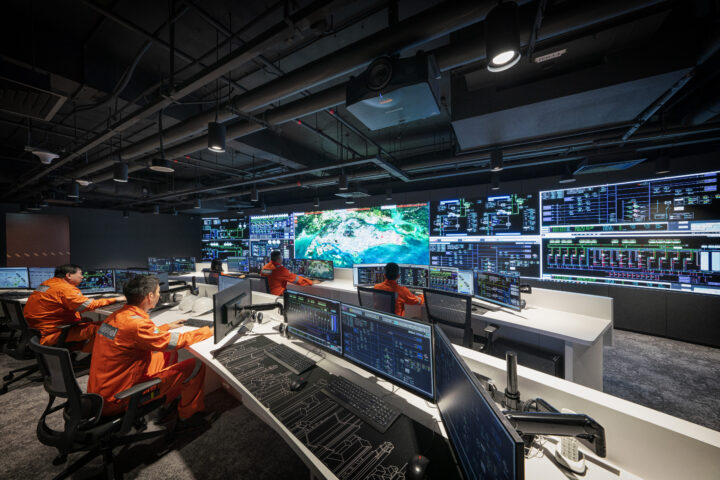What is the Internet of Things (IoT)?
We can’t tell you how many times clients have asked us this question in the past. And it’s a valid one too. After all, the term itself—“Internet of Things”—doesn’t really paint a clear picture.
In short, the Internet of Things is an ecosystem of connected devices, such as sensors, beacons, smartphones, wearables and other devices. It’s got huge potential for business intelligence solutions that drive better decision making.
To provide some clarity, we thought it would be helpful to create this IoT quick guide, telling you what you should know about IoT. Read on to learn more.
The Impact of IoT
For the Transportation industry
According to a report by Gartner, there will be more than 250,000 smart connected vehicles on the road.
Overall, IoT benefits the transportation industry by improving communication and logistics via big data and remote monitoring. This expands to predictive analytics which can alert users of potential hazards or issues before they even happen.
For the Retail industry
While many retail businesses utilise video cameras, IoT takes it a step further with beacons and smart shelves, which can give management a clearer idea of what is going on in store and will help when it comes to decisions like selecting which stores need expanding or reducing to optimise costs. Smart shelves assist in inventory tracking and popularity trends, and the emerging field of video analytics promised to open up a world of new analytics possibilities.
For the Hospitality industry
IoT is especially beneficial for staff management in large businesses like hotels. In addition, geolocation and geofencing can alert management about the whereabouts of staff. These advanced analytics allow you to track performance in real time and assign certain tasks to the right people for a perfect job well done.
The Essentials
Our IoT quick guide to everything you need to know:
IoT - Internet of Things
The exchange of information and data between devices. This can be anything from your smartphone, smartwatch, sensors, coffee makes, even washing machines!
IoE – Internet of Everything
Think of this as the broader definition of IoT. The Internet of Everything includes devices, intricate data and processes.
IIOT – Industrial Internet of Things
IoT has gained significant traction and popularity with industrial machines, so much so that it eventually garnered its own definition away from general IoT. In short, it’s IoT but for focused solely on the industrial industry.
M2M – Machine to Machine
This is the name for communications between machines. Specifically, it is the name given to the data transfer between these devices which result in higher efficiency and solutions to problems before they happen.
Big Data
The name was given to the data obtained by IoT devices. This data is dissected, then used for other actions like predictive analytics and determining customer trends.
IoT Cloud
The cloud plays an integral part in the IoT ecosystem. Many companies use it for data processing and backup. Popular companies like Microsoft, Amazon Web Services (AWS) and Google Cloud come to mind.
Mobile Definitions
Mobiles/smartphones play a significant role in IoT. As many of us own mobile phones, they are the most common device that obtains and dissects data about us and our digital behaviours.
CDMA2000
This is the family that houses the 3G network on our phones. The 3G network is used for sending data, obtaining data and signalling data between our phones and cell towers.
Smart Definitions
Our IoT quick guide to some terms you might encounter when having a conversation about IoT:
Smart Home
A household that functions through the power of smart devices. For example, smart bulbs (Wi-Fi connected LED light bulbs). If you own a smart home, you can do actions like customise temperature, adjust lighting with your voice and lock/unlock doors remotely.
Smart Grid
We can break this down into two definitions:
- A “Smart Meter” - a device that measures your electricity usage at home
- The power grid inside smart homes that works with other devices in your home to optimise electrical usage and help you save costs
Smart Watch
A wearable watch that generally connects to a smartphone and other wearables. It has a user panel on the face, giving the user complete customisation. These devices, like many in the world of IoT, use Bluetooth to connect.
Smart Label
Think of them as bar codes, but better. These nifty devices contain more detailed information about the product it is connected to. This includes RFID tags, QR codes or Electronic Article Surveillance.
Advanced IoT Analytics
Explore our business intelligence solution for IoT: MotionBoard to see what advanced IoT analytics could do for you.



